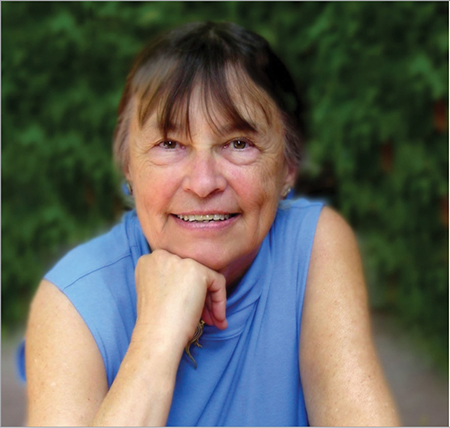Environments as a Place to Thrive: The Passing of Elizabeth “Liz” Prescott
by John Nimmo, Elizabeth Jones and Roger Neugebauer
On the recent passing of Elizabeth Prescott at age 94, I (John) reached out to Betty Jones and Roger Neugebauer to share remembrances of a gentle giant in our thinking about environments. Along with Betty, Liz was the draw for me in travelling from Australia to Pacific Oaks College in 1986 to complete my master’s degree. As a teacher I had written an article inspired by Liz’s research on conceptualizing child care spaces, and inevitably I was drawn to her model of environmental dimensions (such as softness/hardness) to frame my thesis on children’s privacy-seeking. Liz implored us to think in different ways about childcare:
“Suppose that all day care had as its goal the provision of the experiences found in behavior settings called homes? Almost all adults have experience with homes and how they work. If centers concentrated on making their environment more homelike and staff were encouraged to act like homemakers instead of teachers, caregivers would have a much more familiar experience as a guideline for decision making (Prescott, 1978, p.18).”
ADVERTISEMENT
Betty reminisces, “I first met Liz in Los Angeles around 1960. We started talking—and kept on talking and thinking together for the rest of her life. Liz was based at an LA county office, where she had a national grant to investigate quality in child care. I was on the Pacific Oaks faculty in Pasadena and invited her to join me. Wonderfully, her office overlooked the sprawling outdoor yards of a nearby school, and we shared a love of observing children at play. During the next 30 years, we collaborated on many research projects and publications, with Liz taking the lead on focusing the field’s attention on the role of the environment in children’s potential to thrive.

Betty Jones (left) and Elizabeth Prescott (right) in 1988
Adding to the picture, Roger shares, “Elizabeth was a valued mentor and contributor to the creation of Exchange magazine. When I signed up for a master’s program in child care administration at Lesley College, my adviser, the late Gwen Morgan, shared two Prescott publications: “The Politics of Day Care” (Prescott, Milich & Jones, 1972) and “Day Care as a Child-Rearing Environment” (Prescott & Jones, 1972). Liz’s perspectives in these two ahead-of-their-times think pieces inspired me to reflect on the cocktail of factors influencing child care outcomes: leadership, staff motivation, parent engagement, and community connections. This thinking led the launch of Child Care Information Exchange. And, of course, one of the first people I interviewed for an article was Elizabeth. This turned out to be the most exciting dialogue in my 40 years with Exchange. One opening question from me and she sallied forth, leading me to co-create the article “The Physical Environment: A Powerful Regulator of Experience” (Prescott, 1979/1994/2008).
Elizabeth Prescott was one of the most creative and brilliant thinkers in our field, yet truly humble. I (John) particularly remember her quiet and deliberate voice in class, as she shared her sage-like observations of young children and the potential of spaces and materials to invite and support complexity in play.
Related
ADVERTISEMENT












